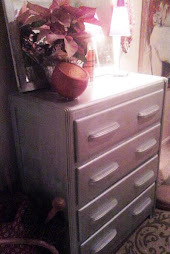everyone knows plants will clean your air and bring beauty to your home. but there are also many subtle benefits. feng shui encourages clutter free rooms filled with plants and flowers to help create an embracing atmostphere. here are some other "fun"g shui ideas with nature:
.a peace lily or golden pothos plant near a computer or laptop will soak up the emissions.
.in the bathroom geranium or marjoram essental oil to calm you or lime and/or lemon to invigorate - just add eight drops to a warm bath.
.spider plants and ferns increase a room's positive energy.
.basil or jamsin incense pormotes good feeling.
.accessorizing with pebbles or glass encourage grounding energy
.healthy, round leaf plants or flowers encourage personal growth.











